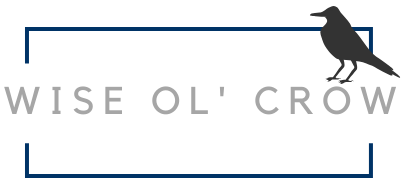Is FIRE for You? 4 Downsides of This Financial Phenomenon

Some money mavens have been touting the FIRE method - Financial Independence, Retire Early - as the frugal route to freedom from your 9-to-5. But how well does it really work? Review the tenets behind FIRE and get the facts about potential pitfalls to decide whether this approach appeals to you.
How Does FIRE Work?

While FIRE has caught fire online recently, it's not a new concept. The idea came from the 1992 bestseller Your Money or Your Life by Vicki Robin and Joe Dominguez. Basically, FIRE requires taking a look at your budget and assessing every expense in terms of the number of working hours it required. After trimming all unnecessary expenditures based on this metric, you strive to save at least 70% of your annual income.
When you hit your FIRE number, usually calculated as 30 times your yearly expenses, it's time to retire, often decades before age 65. The frugal lifestyle continues in retirement as you keep your expenses low and live off an annual savings withdrawal of 3 to 4%.
What Are the Shortfalls of This Money Management Method?

Retiring by 40 sounds great, right? While FIRE has its advantages, the required lifestyle isn't for everyone. Here are some of the most common drawbacks mentioned by financial experts and former FIRE enthusiasts.
Need for Extreme Financial Discipline
While everyone can benefit from cutting unnecessary expenses and increasing income, not everyone can adjust to the level of frugality needed for FIRE to succeed. Before fully committing to FIRE, dip your toe into the lifestyle. Do you adapt well to scrimping and saving, or do you prefer to spend a bit more for creature comforts (within a budget, of course)?
The answer to that question will influence whether FIRE fits your personality and goals. Consider how far you're willing to go to support your financial objectives. Common examples of the FIRE lifestyle include using public transit or a bike and cooking all meals at home.
Potential to Outlive Your Savings
Life expectancy will likely increase in the U.S. over the coming decades. If you retire at 40, will your savings last you 50 or even 60 years? With advancements in medicine and genetics, consider increasing your FIRE number to more than 30 times your expenses and create an extra financial cushion. You can also develop passive streams of income so your investments will continue to grow after you're no longer in the workforce.
Failure to Account for Inflation
We can't predict how much housing, health care and other necessities will cost in the future. If expenses dramatically increase, your savings will dwindle much faster than anticipated. A comprehensive retirement plan must consider inflation and other unknown variables that could impact your income. For example, would you have to try to return to the workforce with a significant employment gap in case of a stock market crash?
Lack of Options With Limited Income
For FIRE to work, you need to be able to increase your income and reduce your expenses. These steps could be out of reach if you have a tight budget already. You may have a disability or care for young children at home, making it difficult to earn money. In this scenario, focus on avoiding and/or paying down high-interest debt while building an emergency savings account.
Despite these drawbacks, incorporating some of FIRE's ideals can improve your financial outlook. In fact, flexible forms of FIRE have popped up to address some of these concerns. Instead of a one-size-fits-all approach, you can pick and choose the aspects of the model that work for your lifestyle and goals.
